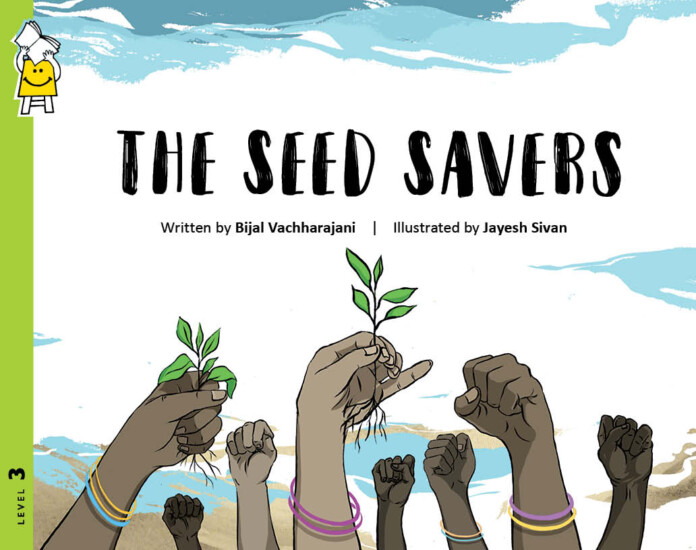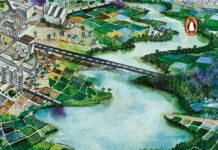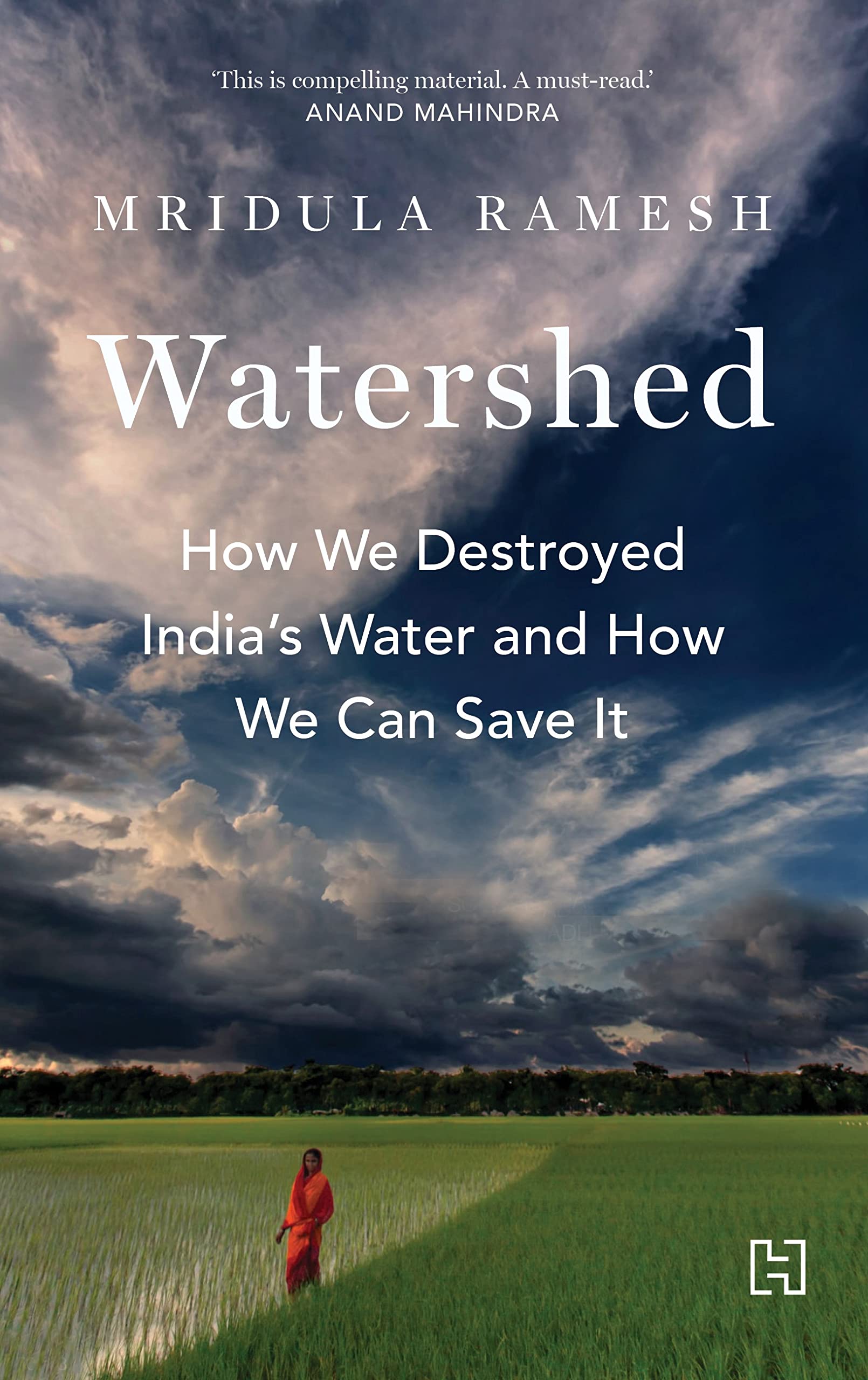By Aparna Kher
Seeds are plentifully available, so why do farmers need to save them? A very valid question that Bijal Vaccharajani attempts to answer through her book The Seed Savers, published by Pratham. The answer is given right at the start of the book in a conversation between a group of farmers. It is sowing season but they do not have adequate local seeds because the previous year’s harvest was poor and they were not able to save enough. They could buy seeds, but these would cost a lot of money and require additional investment in pesticides and fertilisers to grow well.
The farmers want local seeds that are best suited to their soil and weather. So, Nabita and Ketaki who are part of a group of women farmers decide to open a seed bank. Just like a traditional bank keeps money secure, a seed bank secures old, local and organic seeds. The book then goes on to explain how the seed bank works. In the following harvest, the village gets a good crop and enough seeds are saved, addressing the worries of the farmers.
With this straightforward narrative, the book deconstructs a complex idea to create room for some very important conversations on farming. What seeds to plant is at the heart of farming. It determines how farming is done, the diversity of crops and food availability. As agriculture has changed in the years following the Green Revolution, traditionally open-pollinated seeds that were saved and shared between farmers have given way to hybrid and genetically modified seeds that are owned by seed corporations and need to be purchased every year. This has changed farming and its economics.
The book, however, stays away from the politics of seeds and the plethora of issues and opinions surrounding it. Inspired by the experience of farmers at the Maa Lankeshwari Seed Bank in Bhimdanga village of Odisha, it focuses on how saving old, local and organic seeds in seed banks frees farmers from purchasing them and helps them grow crops suited to local climatic conditions. To save seeds is to preserve traditional crop varieties that are being wiped out. The concept of banking as one that can secure and grow any item of value can also be introduced through this book.
Illustrations by Jayesh Sivan complement the story well. The cover succinctly encapsulates the message of this book. A vital issue not just for children, but for everyone.














